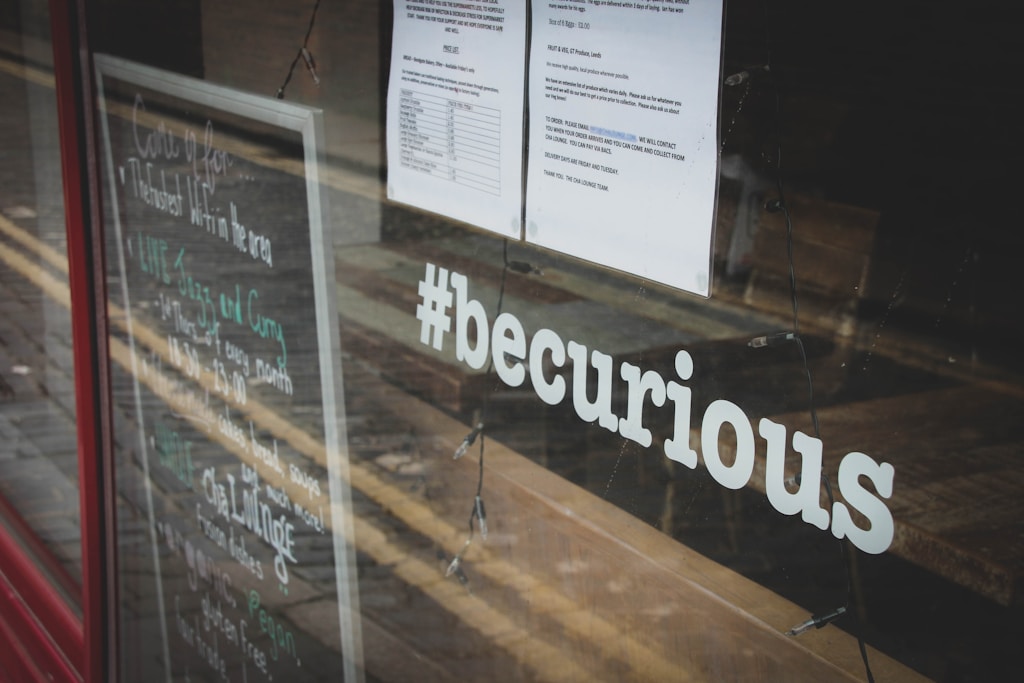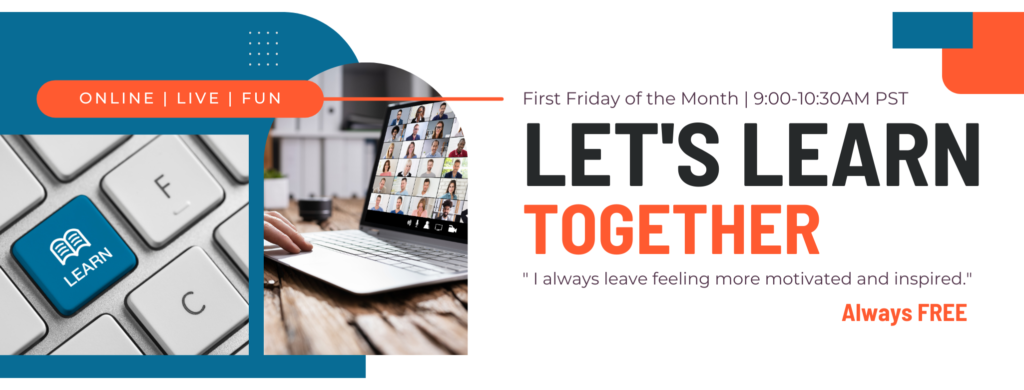
Have you observed learners sitting quietly in the virtual classroom waiting for someone else to answer your question? Yes, you could have people respond in the chat. But what about that rich, verbal exchange you loved so much from the traditional classroom space?
“People don’t participate in virtual discussions.”
Thirty people in the Zoom meeting considered the problem for a moment.
“Don’t respond yet,” I said. “We are going to try an experiment.”
I was willing to try anything.
“For the next four minutes, please raise your hand and ask a question related to our problem. Two rules though, no justification and no excusing. Just ask your question. I’ll record it. Our goal is twenty questions in four minutes.”
“For the next four minutes, please raise your hand and ask a question related to our problem. Two rules though, no justification and no excusing. Just ask your question. I’ll record it. Our goal is twenty questions in four minutes.”
I was trying The 4-24 Project approach for the first time. The project created by Hal Gregersen, Executive Director of the MIT Leadership Center, helps broaden our thinking to see more options through focusing on questions rather than jumping to solutions. I’m a fan of questions and have loved the focused conversation debrief method for a long time. Gregersen’s approach was new to me.
The problem statement sat on the screen, “people don’t participate in virtual discussions.”
I held my breath. And waited.
But not long.
Within five seconds, hands began to go up. The difficulty became typing fast enough to record everyone’s questions. And the questions? They were good. They were insights and perspectives I might have lectured on or explained through a boring bullet pointed list to explain. Almost as if by magic, I began to watch participants ideas and perspectives morph as they asked deeper questions. Some people asked more than one question. Some people added a more difficult question triggered by someone’s previous question. It was amazing.
And then four minutes was up.
Asking the group, “what did you notice?” led to insights I thought I was going to directly deliver, but they’d done the work for me. They’d done their thinking. They will hold the ideas more closely because they had done their own thinking. People felt more secure asking questions than offering their opinions or “answers” to a question. An opinion can be reworded as a question. It’s easier to participate when you’ve eliminated the risk of being wrong.
It’s easier to participate when you’ve eliminated the risk of being wrong.
Someone shared that they hadn’t considered their own responsibility for engagement, they had thrust it all on the learner. The insights kept pouring in.
And it took only four minutes.
We did a second round with the same problem, but now in smaller groups. And while they experienced some difficulty in more questions, they began to think even more about strategies they could use. Not through solutions, but through considering the questions.
I’ve never used a technique that so quickly and so effectively helped participants evaluate their perspective. I plan on incorporating 20 questions in 4 minutes into my work from now on.
How have you used questions in your own training? I’d love to know what works for you!


[…] Change things up. Have an issue you want learners to explore? Want them to think more deeply? Tell them, “in the next four minutes we are going to collect 20 questions about…” Then start typing! This is a twist on the method I learned from Hal Gregersen’s 4-24 Project. I’m intrigued how the series of questions prompts learners to think more deeply and consider views they might not have paid attention to if I just read from. This is generative learning at its best. I share more about how I use 4/20 here. […]